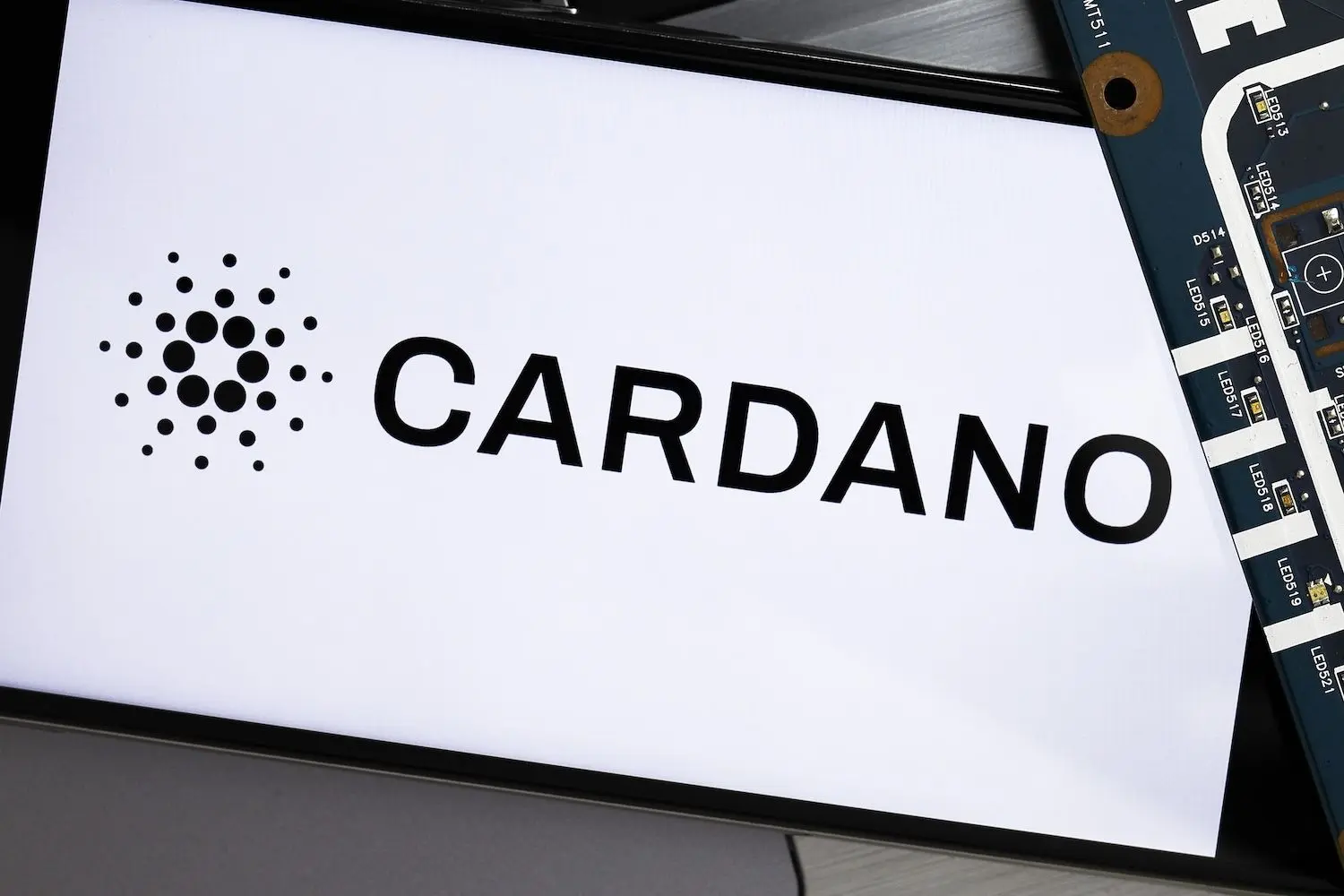Cardano founder Charles Hoskinson told viewers during a Nov. 25 livestream that the network will stage a significant comeback in 2026, anchored by the Midnight protocol's token launch, a real-world lending platform and an accelerated scaling roadmap. He acknowledged the protocol faced setbacks in 2024, including a sluggish decentralized finance sector and recent security troubles, but argued the network has moved into "cleanup mode" and will close the year with momentum. The forecast relies on forcing DeFi integration through Midnight's deployment, scaling Cardano with the Leios upgrade, and channeling micro-loan volume from Africa through RealFi.
What Happened: Midnight Airdrop Sets Stage
Hoskinson detailed the Glacier Drop airdrop, which distributed the NIGHT token to Cardano holders.
According to a memo from the Midnight Foundation, the Scavenger Mine phase concluded Nov. 20 with more than 4.5 billion NIGHT claims registered across over 8 million addresses. Hoskinson called the distribution "the largest in the history of cryptocurrencies," adding that the foundation has documentation to support the claim.
A 450-day redemption window opens Dec. 8, releasing NIGHT in four equal installments. The token will debut on exchanges the same day, with Kraken, OKX, Bitpanda and NBX confirming they will distribute holdings to users who completed KYC verification.
Hoskinson said the listings represent "tier one" exchange access for a Cardano-native asset, ahead of a federated Midnight mainnet scheduled for the first quarter of 2026.
Also Read: Binance Faces $1 Billion Terror Financing Lawsuit Weeks After Trump Pardons CZ
Why It Matters: DeFi Integration Forced
Hoskinson admitted Cardano "lagged behind in integrations and the growth of the DeFi ecosystem" during 2024, saying coordination failures stalled progress despite hitting other benchmarks such as treasury decentralization. He argued Midnight's production launch removes the option to delay further.
The Midnight Foundation will actively participate in DeFi markets, a departure from the hands-off approach taken by the Cardano Foundation, and Hoskinson predicted that shift alone will bring liquidity.
RealFi, a micro-lending platform, has already issued more than 1 million loans in Kenya and Uganda using Hoskinson's capital to test credit models and partnerships with microfinance institutions.
Those short-term loans, typically 30 to 90 days, are being adapted for Cardano's DeFi infrastructure. Hoskinson projected RealFi will become the largest driver of total value locked and transaction volume on the network, calling it the product of a decade spent developing methods to bank unbanked populations at scale.
The Leios scaling protocol must ship in 2025, according to Hoskinson, who said the development team is expanding faster than any prior Cardano effort. Hydra, a layer-two solution, already supports projects including the Glacier Drop and Delta DeFi. He said engineers are working to unify Hydra's ecosystem and accelerate individual applications, while upcoming work on StarStream, Plutus V4 and Aiken will increase throughput at the base layer.
Midnight is designed to function as a privacy layer for multiple blockchains, not solely Cardano.
Hoskinson said bridge connections will open gradually, roughly every two months, enabling hybrid applications on each new network. He confirmed discussions are underway to deploy Midnight on Solana to provide privacy features for contracts and real-world assets. At press time, ADA traded at $0.4172.
Read Next: Ark Invest Adds $9M in Circle and Bullish Stock Amid Crypto Market Downturn

